In this article, we will discuss the API and REST APIs with a simple explanation. Firstly, we need to understand the definition of an API? Nowadays, it plays an important role in Web Applications because it is an easy and efficient medium to connect the client system to the servers.
At the end of the post, you will get or understand all the basics of API. Okay, so let’s begin.
1. What is an API?
API stands for Application Programming Interface, a software that allows two applications to communicate or interact with each other over the internet through various devices, the most important part is to exchange the data. The most common example of API is Instagram, Facebook, Online Booking systems, Amazon, Flipkart, and so on.
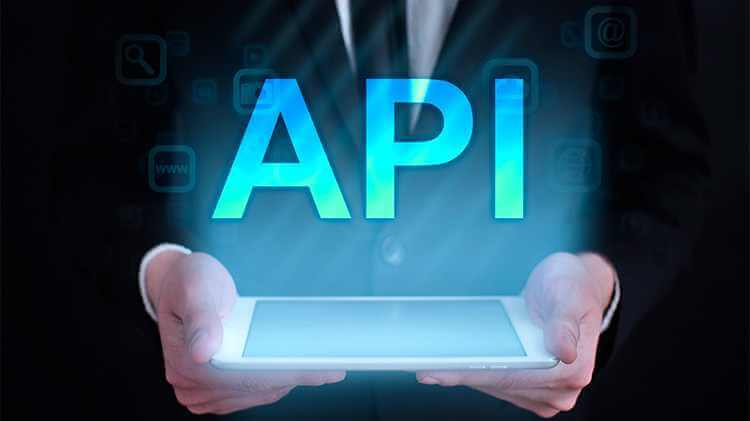
So actually, how do they use the API? When you search for flights or any other product from an online store, the site reaches out to many more products or airline services to retrieve information about flights or products matching your query.
2. How do Web Applications communicate?
As a human, we need a language to communicate with others. Hence in Web applications, it requires some rules to send and receive the data to and fro. So for web applications, we have an HTTP protocol where they interact with each other. The application which is used the HTTP protocol for request-and-response is known as Web Services.
Web services include different types of APIs, including REST and SOAP APIs. With web services, the client requests the resource or data, and the API server responds. It doesn’t matter if we would use any of the programming languages or platforms because the message sends and received are made through a common HTTP web protocol.

3. Types of APIs
There are two types of APIs:
1️⃣ Public
These types of APIs are available for the public to use in their applications. Many companies have provided public APIs like Google Translate, Slack, Open Weather, IMDB, etc… that developers will use to build their applications. The company has shared some inputs to integrate their API to build the Platform such as the API key, to achieve certain outputs from them.
2️⃣ Private
That is something that company uses in their organizations. Private APIs are used to connect their multiple internal applications to talk to each other.
4. What is REST API?
REST stands for “Representational State Transfer”, in simple terms, we should say that it is a set of rules that developers use to send or received the data through HTTP protocol. You need to provide some link or URL to build up the connection and get the response from the API.
REST is an architectural style, not a standard protocol. That’s why REST APIs are sometimes called RESTful APIs — REST is a general style that the API follows.
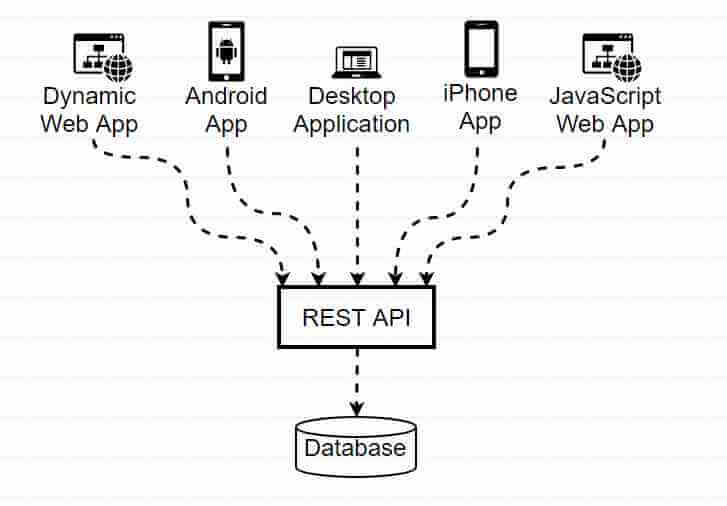
For example, let’s say you are searching for popular guitars on Flipkart. So, you write your query in the search field, and when you hit the search button, the list will appear with product items. So, you are providing some requests to the server through API, and you will get back the data or response from the server in the form of list items.
Each URL is called a request while the data sent back to you is called a response.
5. Principles of REST
It has six rules that need to be followed:
✅ Client-server architecture: There must be a clear separation between the backend and the frontend of the application in a client-server architecture. It has the advantage that components can be developed independently from each other.
✅ Stateless: Do not keep or store the client information between requests and each request should be separate. Only used the necessary information which helps to understand the request.
✅ Cacheable: The responses can also be cached to increase performance. If the browser’s cache already contains the information asked for in the request, the browser can just return the information from the cache instead of getting the resource from the server again, to avoid unnecessary information.
✅ Uniform interface: The REST API should follow the same Restful rules to communicate with each other. This makes it easier to understand interactions between the various components of the system.
✅ Layered system: There can be some intermediate backend programs between the client and the server making hierarchical layers in a way that each layer only sees the layer it is interacting with.
✅ Code on demand (optional): The server can send code that can be executed on the client-side, which extends the client functionality. This is optional because the client may not be able to download or execute this code.

A RESTful API is always independent of the language or Platform. You can use PHP, Java, Python, or Node.js servers with a REST API. The language used for information exchange from only responses to requests is XML or JSON.
6. Why APIs important for you?

1️⃣ Independent of Platform or any Language
As we discussed earlier, we would use any programming language to build the connection between the application and the server.
2️⃣ It makes life easier
Many real-world examples are helpful or useful for us. For example, the Railway Enquiry app, we all are using this application on various platforms, such as Mobile Applications, Web Applications, to get the live status of the train. We used these types of applications to save our time by getting to know the actual status.
3️⃣ Information can be exchanged in XML or JSON format
JSON (JavaScript Object Notation) is a common format for sending and requesting data through an API or REST APIs. It is easy to understand and light-weighted.
4️⃣ Important tool for Businesses or Industries
You can expand your business by offering the APIs to more people. There are many resources that you can offer to developers to use those services in their applications. This leads to an increase in the business automatically.
So, that is all about the basics of API and REST APIs. Hope you like it👍 and if you find this useful then don’t forget to like and share this with your friends or on social media. And If you have any queries, please do ask in the comments section or anything that you want through mail then contact.
Thanks.😊
Recent Posts:
- Important Basic Git Commands – Developers should know
- Get Started with Image Processing using OpenCV-Python
- What is Image Processing? How it is related to Machine Learning?

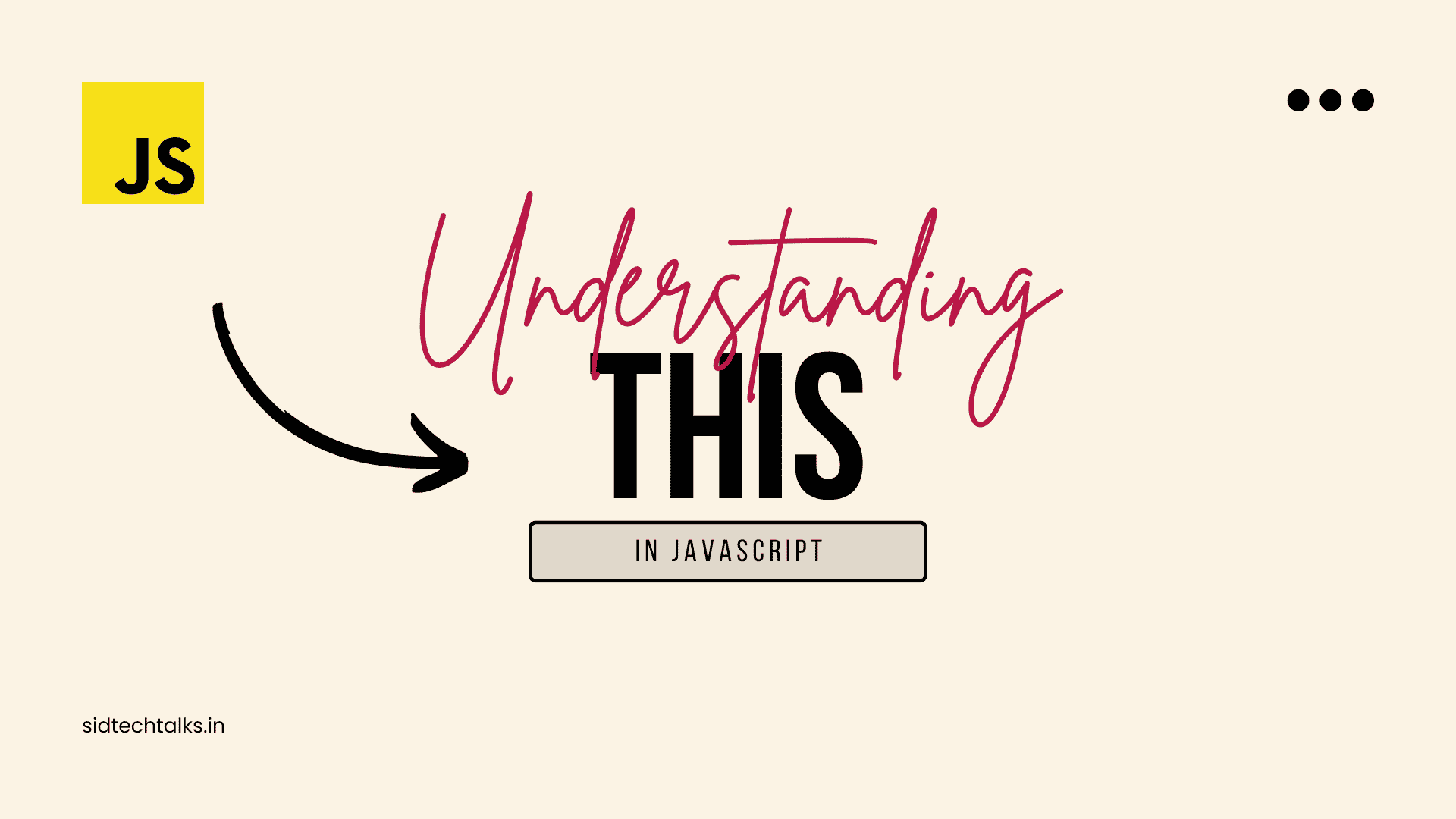

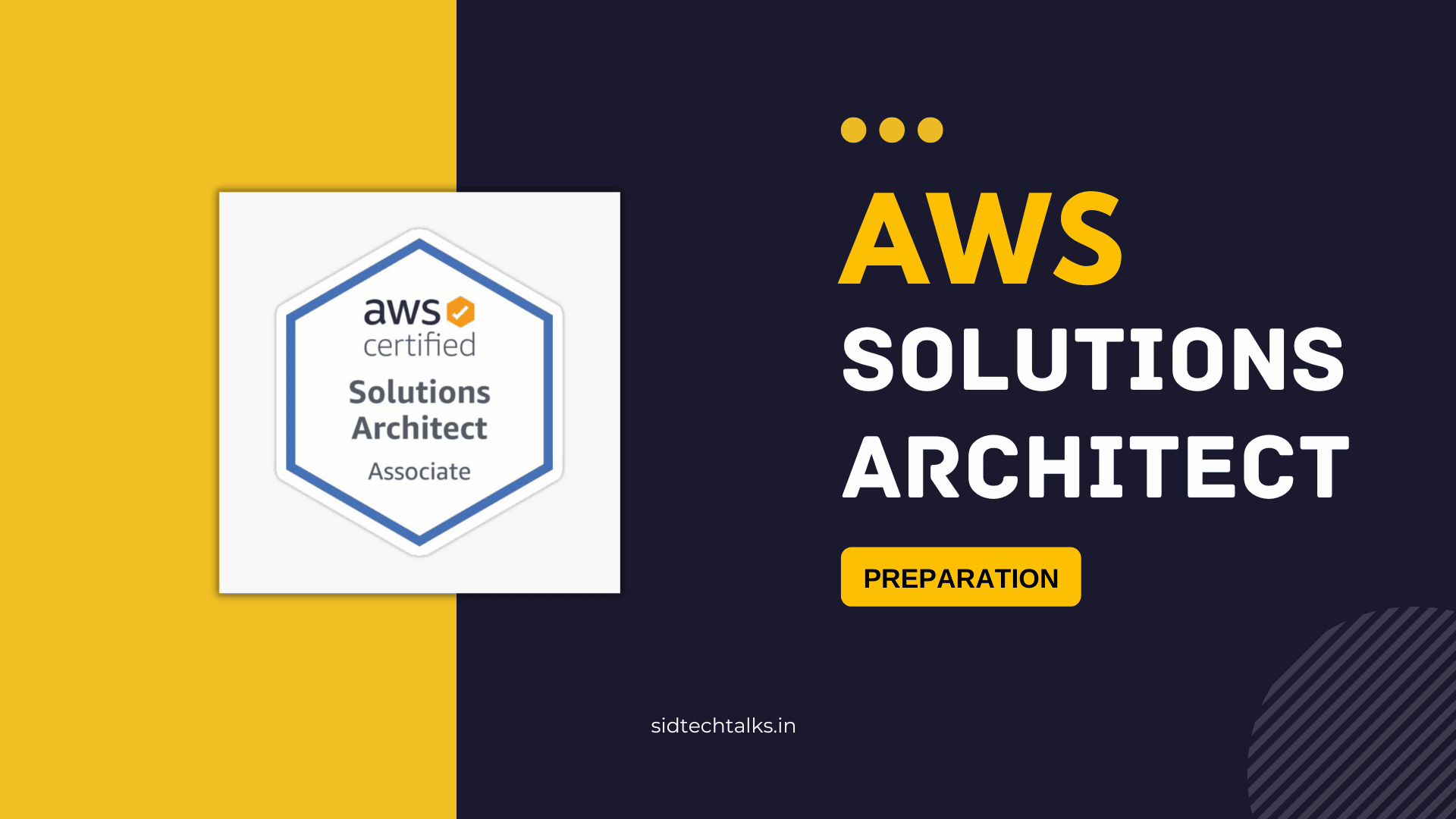

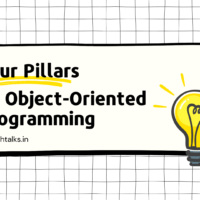




Your documentation really help.me understand these topics ,which was just a horrible thing to understand.Ty sir